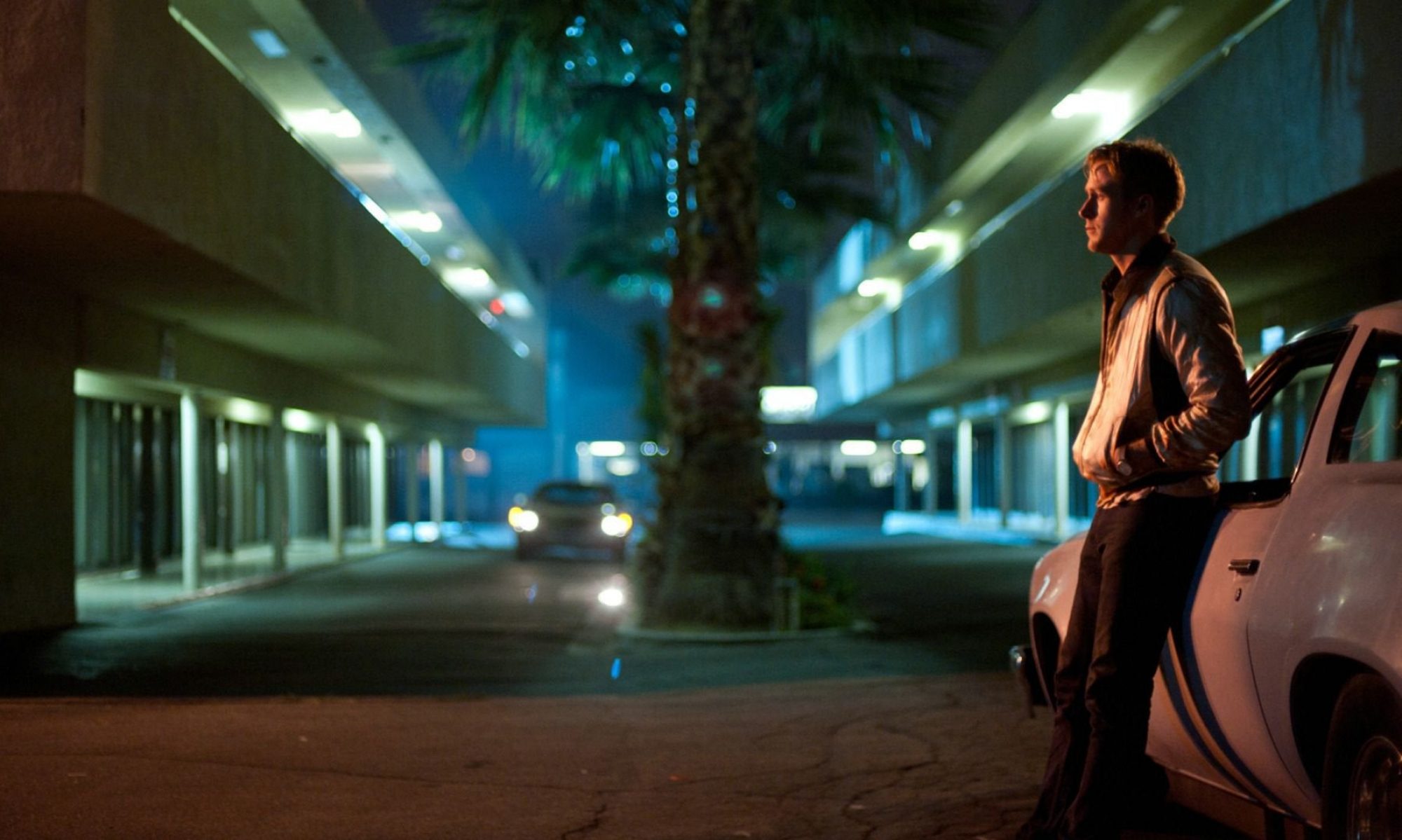‘I’m like a dog chasing cars. I wouldn’t know what to do if I caught one’.
As Heath Ledger’s clown prince of crime explains to a bed-ridden, broken Harvey Dent in Christopher Nolan’s second Batman film, there’s no deliberate malice in his actions. He’s simply an agent of chaos. But, as the above, genius 9 second sequence makes clear, actions speak louder than words. After successfully escaping prison in fiery fashion, we witness the Joker gleefully stick his body outside the back window of a police car to the tune of blearing sirens, placing a gloved hand firmly on the roof.
After a few seconds, however, all this diegetic sound drains away, replaced with ominous, nondiegetic drones. The Joker closes his eyes and basks in the mayhem, throwing his head around in similar primal fashion to the canine creatures to which he subsequently refers. Anarchy is represented by the complete loss of recognisable sounds of the street. The vehicle that is normally meant to imprison men and escort them to justice is instead facilitating the escape of a convicted criminal.
The complete lack of dialogue in this moment isn’t the only factor in cultivating narrative meaning, of course. The lighting, shaking camera and the noise of the drones play their part too. But it is this complete lack of speech from The Dark Knight’s primary antagonist that make the shot so compelling. What is he thinking? We don’t know, and we don’t have any soundtrack to provide expository information.
Take a look at a more recent iteration of the character to see how both the inclusion of dialogue and soundtrack actively dilute any sense of mystery or intrigue. In one of the final scenes of Todd Philip’s 2019 film Joker, Arthur Fleck (Juaquin Phoenix) is being escorted to prison after killing talk show host Murray Franklin (Robert De Niro) on live TV. This time, Phoenix’s villain is behind the glass of a police car as he marvels at the anarchy he has incited on the streets. At the first point we see the vehicle enter the scene, Cream’s ‘White Room’ plays, and another police car hurtles by in the other direction, sirens wailing. Nondiegetic sound is employed, but doesn’t evoke any intrigue like the menacing drones in The Dark Knight. The recognisable chords of bassist Jack Bruce’s song doesn’t conjure the same dread as Hans Zimmer’s organic, alien pulses.
An initially deflated Arthur suddenly sees the chaos on the streets and utters his trademark laugh. When the police officers admonish him for the devastation he has caused, his simple acknowledgement of their words followed by his mocking rhetorical question ‘Ain’t it Beautiful?’ are enough to diminish the power that his satisfied silence previously held. By saying nothing, an element of mystique in his intentions might have been created. If the zany, bombastic soundtrack hadn’t been included, perhaps it would’ve been easier to focus on the man rather than the craziness taking place around him. Perhaps none of these possibilities were Philips’ intentions to begin with.
Of course, Joker and The Dark Knight are two very different films, with very different interpretations of one of DC’s most famous villains. Joker acts as more of an origin story for the crown prince, whereas Ledger’s version is in his element as the clown prince from his opening scene. But the power of less is more is on full display as Ledger’s Joker, brazen and uncaring of the world around him, shakes his head in wild Dionysian reverie. He’s a man of simple tastes, whether these modest indulgences involve dynamite, gunpowder or gasoline.
